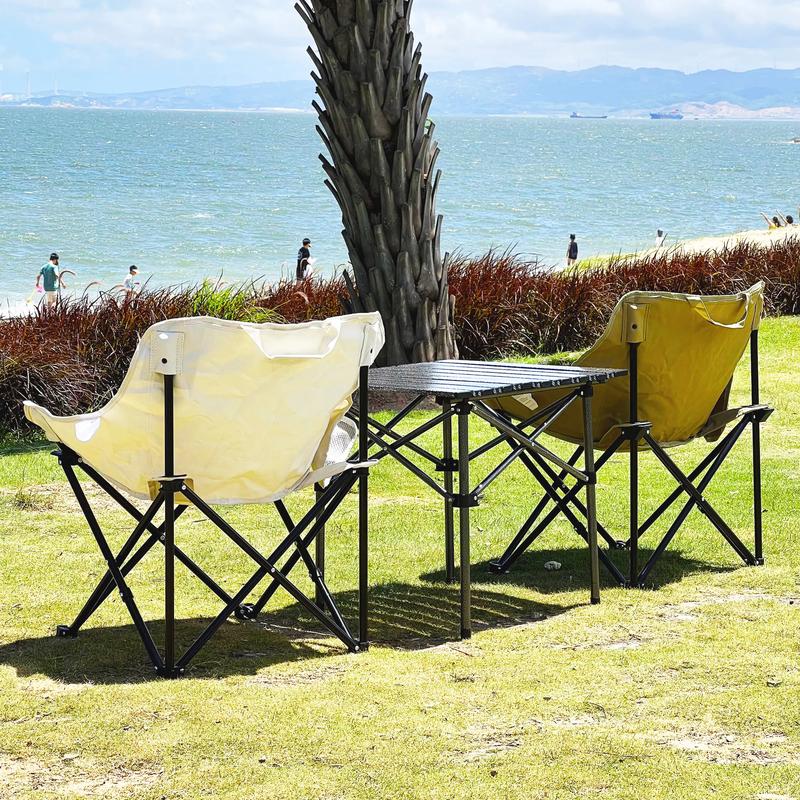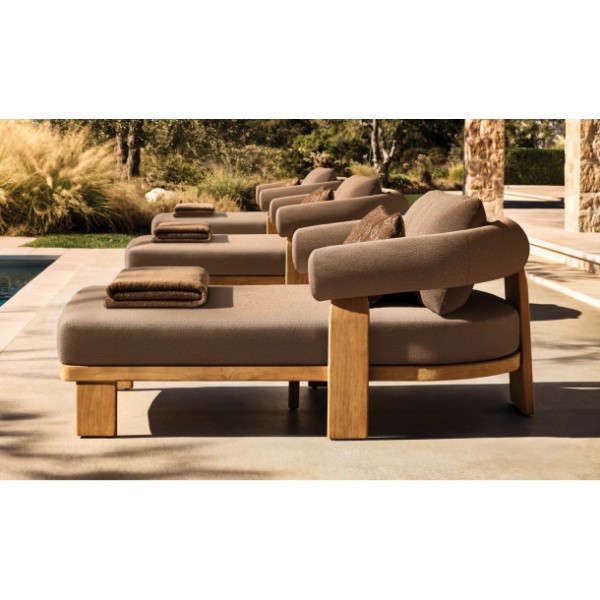


Why Choosing the Right Kitchen Furniture Factory Matters
Your kitchen is the heart of the home—a space where meals are prepared, memories are made, and daily routines unfold. A poorly chosen factory can lead to:
– Poor craftsmanship (wobbly cabinets, loose drawers).
– Safety hazards (toxic finishes, unstable structures).
– Hidden costs (delays, rework, import penalties).
This guide demystifies the selection process, helping you partner with factories that deliver durability, functionality, and value.
—
Step 1: Verify Factory Credentials – Start with the Basics
Not all factories are created equal. Begin by validating these critical credentials:
Key Certifications to Demand:
Certification Purpose Red Flag if Missing
ISO 9001 Quality management system No proof of process standardization
ANSI/KCMA (US) Cabinet durability & safety Targeting US market? Required
EN 14079 (EU) Loadbearing capacity & fire resistance Selling to Europe? Nonnegotiable
FSC/PEFC Sustainable wood sourcing Ecoconscious buyers? Mandatory
*Pro Tip:* Use tools like or to verify authenticity.
—
Step 2: Tour the Facility – Don’t Rely on Photos Alone
A virtual tour is a starting point, but in-person visits (or live WhatsApp/Zoom tours) reveal hidden truths:
What to Look For During the Tour:
– Raw Material Storage: Are wood/laminates stored in climate-controlled areas (prevents warping)?
– Production Lines:
– Are CNC machines calibrated (check for ±0.1mm precision)?
– Do workers wear PPE (safety gloves, goggles)?
– Quality Control Stations: Are defective units tagged and quarantined?
> 💡 *Red Flag:* A factory with dusty warehouses or unorganized assembly lines likely sacrifices quality.
—
Step 3: Evaluate Production Capabilities – Match Your Needs
Every buyer has unique requirements. Ensure the factory can deliver:
Production Capacity Checklist:
Need Questions to Ask
Order Volume “What’s your MOQ for custom designs?” (Aim for ≤500 units for niche orders)
Lead Time “How long to fulfill a 1,000unit order?” (Typical 812 weeks)
Material Flexibility “Can you source FSC oak or recycled aluminum?”
Design Complexity “Can you handle curved edges or integrated handles?”
*Example:* A family-owned restaurant needs 300 custom kitchen units—prioritize factories with experience in bulk commercial orders.
—
Step 4: Inspect Quality Control – The Difference Between Good & Great
Even the best factories make mistakes. A rigorous QC process ensures you receive flawless products:
3-Tier QC Strategy:
1. Pre-Production QC:
– Review material certificates (e.g., CARB Phase 2 for formaldehyde).
– Test prototype drawers (300lb load test) and cabinet joints (torque wrench check).
2. In-Line QC:
– Require daily photo updates of critical stages (e.g., edge banding, hinge installation).
– Randomly select 5% of units during production for destructive testing (e.g., pull-out force on drawers).
3. Pre-Shipment QC:
– Hire a third-party inspector (e.g., Bureau Veritas) to check:
– Finish uniformity (no scratches, bubbles).
– Hardware functionality (10,000 open/close cycles).
—
Step 5: Negotiate Contracts – Protect Your Investment
A solid contract minimizes risks and sets clear expectations:
Must-Have Clauses:
– Payment Terms: 30% deposit, 70% after pre-shipment inspection (avoid 100% upfront).
– Delay Penalties: 5% deduction/week for late delivery (capped at 15%).
– Warranty: 2-year coverage for structural defects (e.g., warped cabinets).
– IP Protection: “Design infringement = 3x order value penalty.”
> 💡 *Pro Tip:* Include a “force majeure” clause for unforeseen events (e.g., port strikes).
—
3 Common Mistakes to Avoid When Choosing a Factory
1. Ignoring Cultural Nuances: A “yes” in China may mean “I’ll try” — demand written confirmations.
2. Overlooking After-Sales Support: Will the factory repair damaged units, or will you handle it?
3. Underestimating Logistics: Factor in port congestion fees, customs duties, and inland shipping.
—
Conclusion: Partner with Confidence
Choosing the right kitchen furniture factory requires due diligence—but the payoff is quality products, on-time delivery, and happy customers. Focus on certifications, facility tours, and transparent contracts to build a partnership that lasts.
> 🛠️ Start Today:
> → Download our Kitchen Furniture Factory Checklist PDF (free resource) to audit suppliers.
> → Explore China’s Top Kitchen Manufacturing Clusters (Guangdong, Zhejiang) for localized expertise.
—
Article link:https://www.vlefooena.com/manufacturer/4444/

No reply content